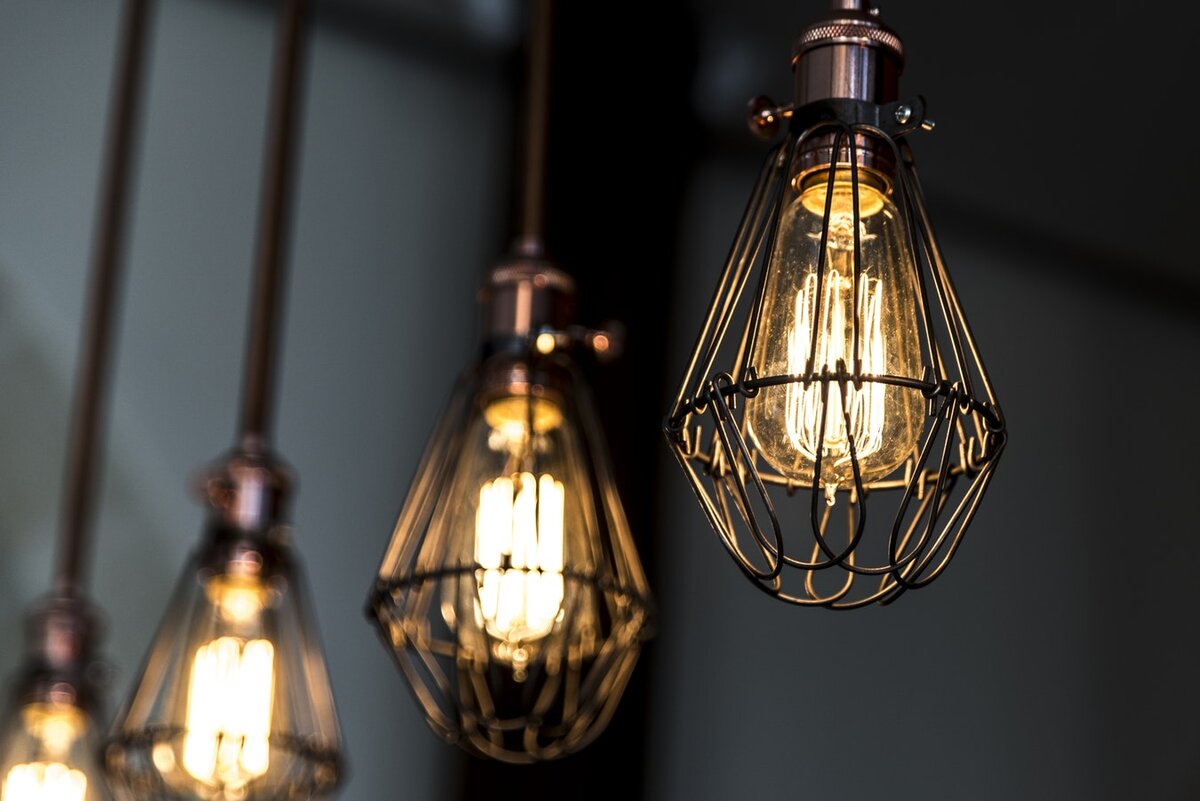Hospitality is an extremely diverse sector, incorporating everything from food and drink to travel and accommodation, and ranging from single-site establishments to multinational chains. But, despite these differences, most establishments share common ground in their energy usage, namely heating and lighting. According to Carbon Trust, heating accounts for approximately 60% of total energy costs within the hospitality sector, while lighting accounts for 25% on average.
This presents huge energy and cost saving opportunities for businesses of all sizes, as well as potential to reduce carbon footprint and improve staff and guest wellbeing – particularly within establishments that operate round-the-clock, such as hotels.
The benefits of LED lighting
When it comes to lighting, making some relatively small changes can make big differences to a business’s bottom line. In almost all cases, upgrading light bulbs to LEDs will provide a multitude of short-term and long-term benefits.
In comparison to traditional incandescent or halogen light bulbs, LEDs offer energy savings of up to 90%, and up to 60% savings over fluorescent tubes. LEDs also last much longer, with some modern bulbs boasting a lifespan of up to 50,000 hours (about five and a half years!), which is around 50 times longer than most traditional bulbs. This means that bulbs don’t need to be replaced almost nearly as regularly.
This increased performance does carry an upfront cost, with most LED bulbs costing slightly more than older alternatives, and this can deter many business owners from making the switch. However, financially speaking, LED bulbs are a sensible investment, as the long-term payback far outweighs any initial outlay. In fact, when rolled out within a larger premises or across multiple sites, an LED refit project can fund itself; by working in stages and prioritising areas that consume the most energy, the greatest savings can be made in the shortest amount of time – these initial savings can then be used to fund the next phase, and so on.
Another concern amongst business owners when it comes to undertaking a LED retrofit project is the disruption the project will cause. Again, this needn’t be a concern as in most cases, the work can be completed out of hours, or during quieter periods.
Financial gains aside, LEDs can significantly improve the mood and wellbeing of the people who frequent a premises. Better lighting can, therefore, result in happier and more productive staff, as well as providing improved guest experiences.
LEDs also offer a great deal of flexibility and are ideal for illuminating hard-to-reach spaces and dark corners. They also possess an impressive dimmable range, with many LEDs able to be adjusted right down to as little as 5%, which is ideal for establishments needing to provide different levels of lighting for different purposes. For example, in a restaurant or bar, a low-level of light may be required in the evening to set the mood for guests, but a brighter light might be needed out of hours to help with cleaning.
Switching to LEDs needn’t be a costly or disruptive process. By working with a proven lighting professional with experience in the hospitality sector, businesses can rest assured that their investment will see an optimum return in the shortest possible time.
Author bio
Michael Eccles is Technical Service Manager at Lyco. Regularly advising on complex lighting projects – including LED conversions within international restaurant chains – he has developed an unrivalled methodology for delivering LED conversion projects with a transparent payback model. For more information visit https://www.lyco.co.uk/

